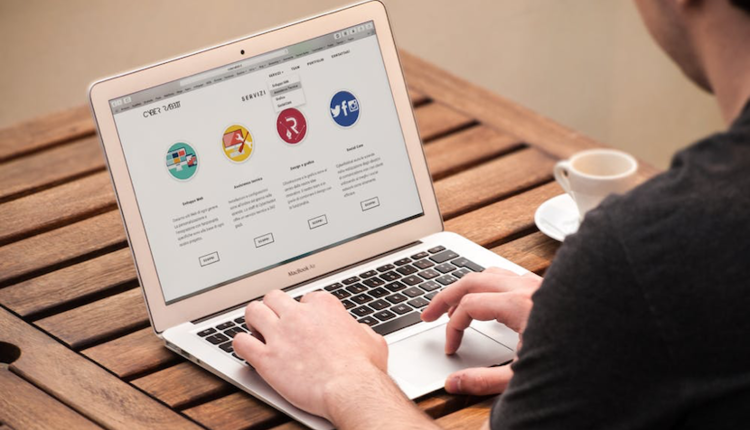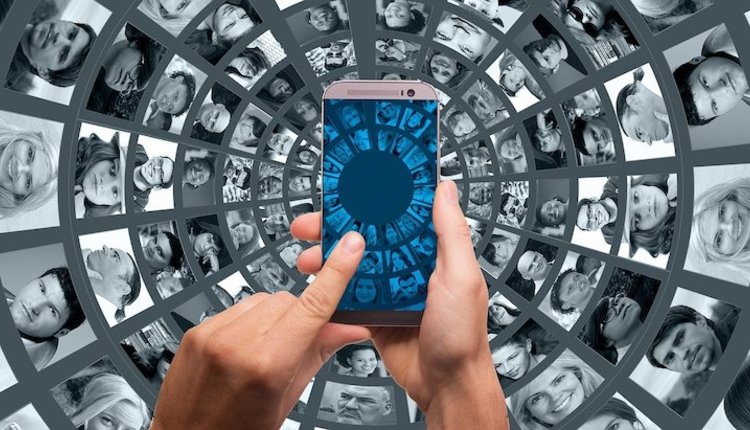I saw a commercial the other day informing the world that up until now, we have been beta testers for our smartphone, and now that their product was launched, we can buy the "real thing!" First of all, what a great marketing campaign! Appealing to our sense of having the best, latest and greatest of whatever there is to have.
Realistically, as we look at the statistics of smartphone usage, it's hard to grasp that, in fact, we really are just at the beginning of the curve. In 2009, the number of electronic payment transactions reached $109.8 billion, which far surpassed check transactions. The ability to make mobile payments will only increase the shift to e-payments. Mobile payments are predicted to reach $214 billion by 2015, up 68% from 2010 and are expected to rise 376% over the next three years.
In addition, the just released 2012 Federal Reserve study reports that Americans between the ages of 18 and 29 account for about 44% of all mobile banking users, while US adults 60 and older account for only 6% of all users. The facts continue to support that the fate of emerging payments clearly lies in the hands of the Millennials. According to recent research by Market Platform Dynamics, 60% of the spending power in the US resides in people who own smartphones, and it, more than likely, will run closer to 70% in just a few months. The smartphone is growing up with our digital generation and, I believe, together will change the way we collect payments, present information and communicate in general. So, what are the drivers that push these users to the smartphone, and most importantly, are your strategic initiatives aligned to embrace this up-and-coming generation?
This dynamic generation wants to know that you are listening, responding and providing a platform for a dialogue with them. Consider social media as part of your marketing strategy and make sure to have a monitoring strategy in place, since Millennials regularly review and comment on businesses they like and don't like in real time via their smartphones. Venues, such as Facebook and Twitter, are important additions to your strategy, and don't rule out Facebook as a future payment channel. Today, Facebook is linked with some of the top wireless carriers to facilitate mobile payments. Don't believe that this group "knows" you are there. It's imperative to continually communicate. I read that Frank Aloi, president and CEO of ath Power Consulting said, "It is alarming that only 10% of users were prompted to first use their bank's mobile channel by their actual bank." Yet, there is data that supports online users are the most loyal. With so many channels trying to talk to their customers, your message must be loud, clear and actionable—right now!
Millennials have grown to expect engagement with their services. They want personalized content, community interaction and rewards. Also keep in mind that your reputation is influenced by online users. Twenty percent of the people who post comments about your company on a blog influence the remaining 80% who read the blog and do not comment. Since Millennials generally trust their online peers over other sources, it behooves any business owner to follow and react to online discussions about your company or your competitors. TransPromo was just a primer for the digital generation.
Millennials demand customization in everything they do. Give them the opportunity to customize their experience, and not only will your products grow in depth, but this group knows how to take you to a "viral" state. They will spread the word, and before you know it, you may have a Flash Mob outside your door. Facebook, YouTube and Twitter are the cornerstones of a social media strategy. Payments Cards and Mobile's March 2012 whitepaper notes that 94% of B2B social media strategies include Facebook as one of their top three platform priorities.
Eighty-three percent of consumers view security as the single most important concern when considering a new payment technology. Millennials have at least witnessed, if not been a victim of, identity theft, viruses and hackers. They are highly sensitive to cyberspace and what could happen if something goes wrong. In the same Federal Reserve study mentioned above, concerns about the security of the technology were the primary reason given for not using mobile payments (42%) and the second most common reason given for not using mobile banking (48%). It does not mean that you don't want to enter this space, but be prepared to invest, whether you choose to build or partner, in a safe and secure place for your customers to transact with you. It doesn't matter if they are shopping, viewing an invoice, reading a review or making a payment, your channels must be the most up-to-date, safe and secured environment.
With the choices of payment types growing, businesses must be prepared to align with various demands, and the only thing predictable with our Millennials is that they will push the limits! It's smart to like, link and follow. Continue to grow with Generation Innovation as they push us to new frontiers.
TRACY A. DALTON is the senior product manager of Outsourcing Solutions at Wausau Financial Systems, a provider of payment and receivables processing solutions. Ms. Dalton is responsible for driving new product and sales through innovation. For more, email tadlton@wausaufs.com.










